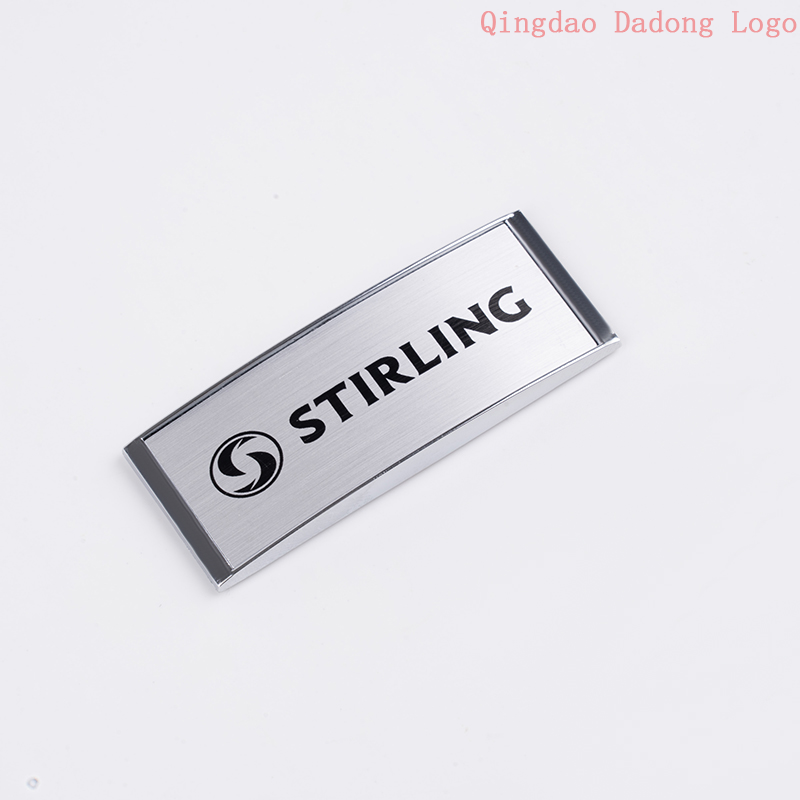NEWS
How to distinguish between stainless steel signs and aluminum signs
Writer:admin Time:2023-06-27 13:31 Browse:℃
How to distinguish between stainless steel signs and aluminum signs? As a metal sign manufacturer and a custom sign company, we are familiar with aluminum and stainless steel. Below, we will explain from our professional perspective how to distinguish between aluminum signs and stainless steel signs.
1. Weight difference: Aluminum has a relatively low density, so it is much lighter than stainless steel, which is heavier. This can be distinguished directly by hand or weight.
2. Different hardness: The chemical structure of aluminum is not very stable, while the chemical structure of stainless steel is relatively stable. In addition, compared to aluminum, stainless steel has stronger corrosion resistance, high temperature resistance, acid alkali resistance, and oxidation resistance. So stainless steel has a relatively hard hardness during use and is less prone to deformation and rusting.
3. Price difference: Stainless steel with the same square meter area is much more expensive than aluminum. Aluminum is cheaper.
4. Different degrees of high temperature resistance: aluminum alloy has a melting point of 500~800, and stainless steel has a melting point of 1200~1500, so stainless steel is more resistant to high temperatures.
5. Different colors: Aluminum is a pure silver white metal with a darker color, while stainless steel is a bright silver or iron gray metal with a bright color.

6. Different magnetism: Aluminum has no magnetism, while stainless steel has weak magnetism.
7. Different plasticity: Aluminum is softer and stainless steel is harder, so aluminum has stronger plasticity and workability than stainless steel.
8. Different degrees of welding: Stainless steel is better at welding than aluminum, with thicker thickness and can withstand the high temperature of welding.
9. Different surface treatments: Surface treatments for stainless steel include mirror gloss, natural whitening, coloring, wire drawing, passivation, vacuum electroplating, and other surface treatments; Aluminum alloy treatment includes surface treatments such as sandblasting, polishing, turning, wire drawing, electroplating, spraying, anodizing, electrophoresis, etc.
10. Different industrial applications: Aluminum is soft and can be used for traffic signs, door signs, and liquor labels; Stainless steel has a hard texture, strong pressure resistance, and strong outdoor adaptability. It is used in industries such as automobiles, trains, high-speed rail, water, construction, industrial facilities, and general household appliances.
CATEGORIES
LATEST NEWS
CONTACT US
WhatsApp: +8615806503075
Tel: +8615806503075
Email: percy@dadonglogo.com
Addr: 7 Tonghe Road, Pingdu, Qingdao
